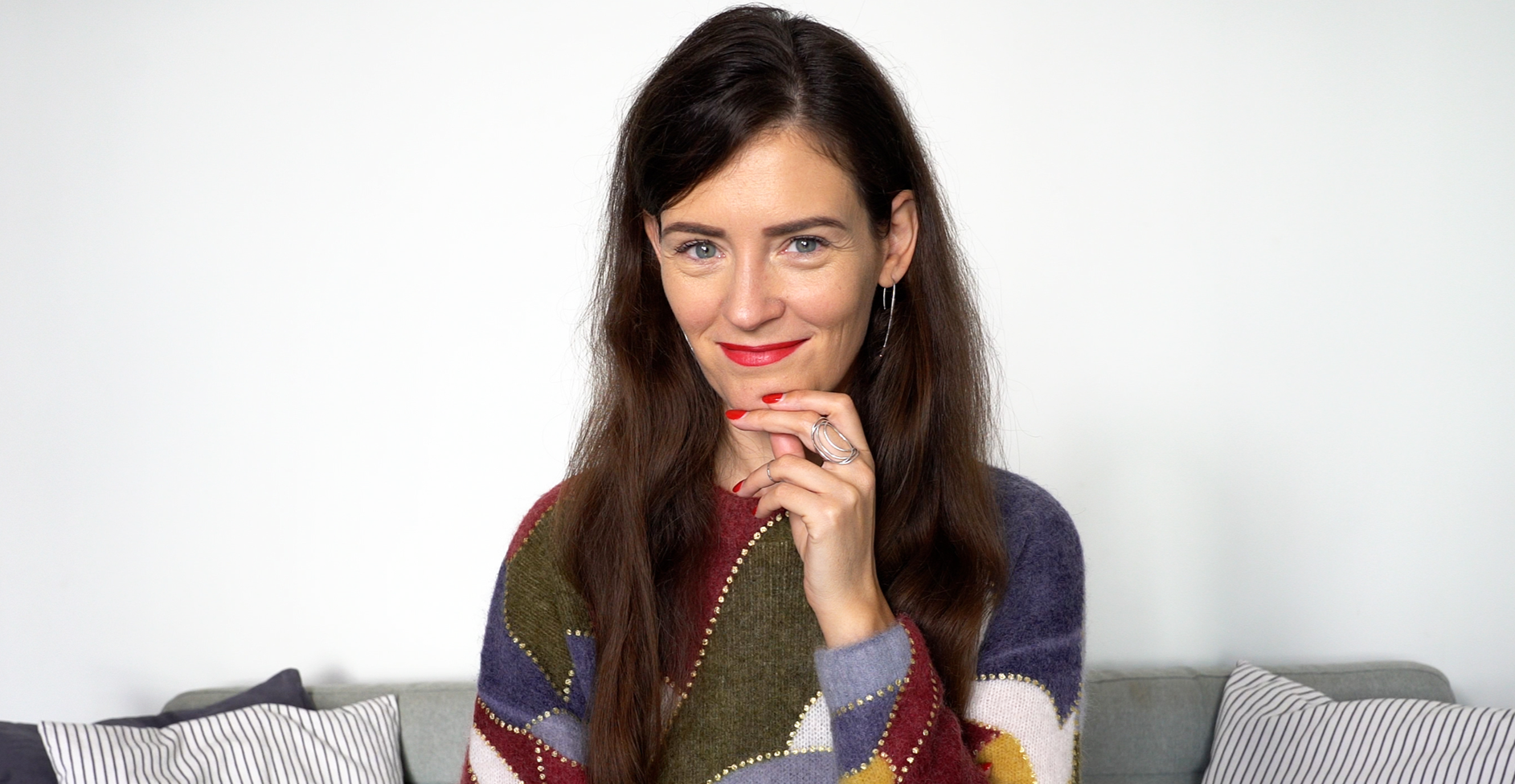Justine Leconte

RE-OPENING SOON
We're moving to a new warehouse! For now, you won't be able to shop. Join my e-mail list to be notified when the shop re-opens.
This store will be powered by
Store owner?
Login here

